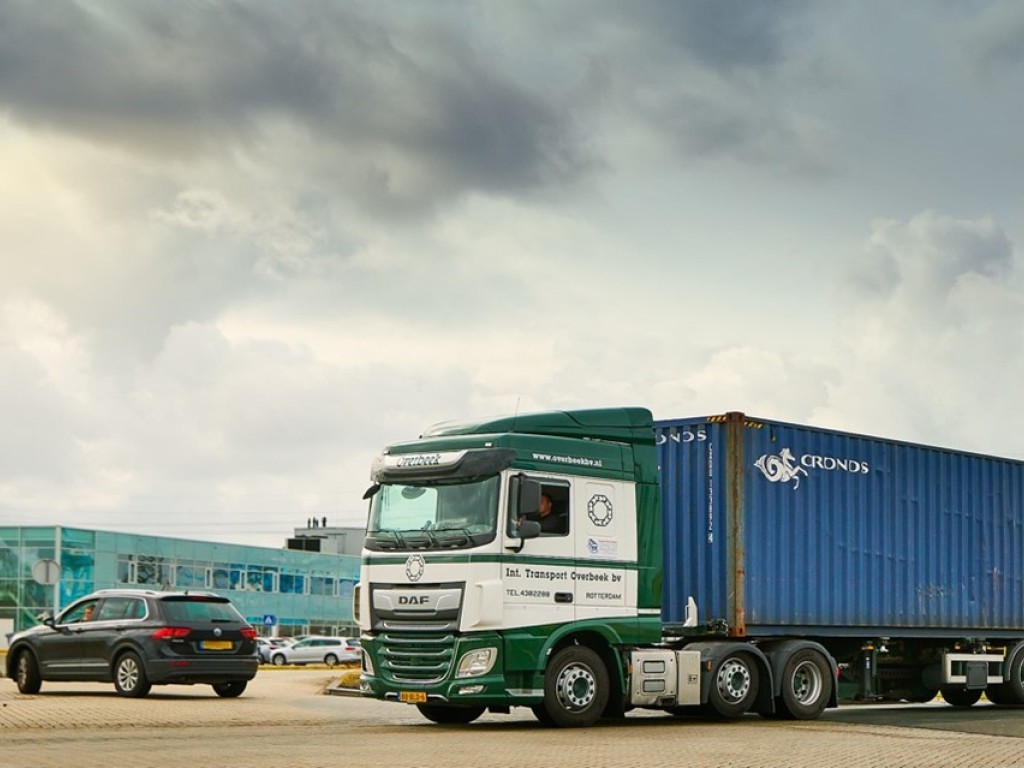Decentralized distribution: disrupting change in the logistics sector

During the COVID-19 pandemic the size of the e-commerce market almost tripled. The enormous increase in e-commerce meant that the logistics network suddenly needed to deal with a lot more packages than normal. This increase led to a clogged network which cannot deal with the current demands of the market. There needs to be a radical change in the logistical network if it wants to be able to keep up with sustainable growth and (future) demand.
A promising option is the concept of a decentralized logistics network. Not using multiple tiers of sorting centers which process parcels (with 50% air), but by bringing the stock closer to the customer and processing loose items. The decentralized distribution centers are local, close to the consumer, enabling the use of many new and innovative (zero-emission) modes of transportation for last-mile delivery, such as electric/hydrogen vehicles or delivery bikes (reducing noise, vibrations, particulate matter, and other emissions). This will result in the following benefits:
- Items will travel shorter distances between (return)sender and customer,
- Packages will be picked later reducing the amount of air being transported (micro fulfillment),
- The fill rate will be increased,
- The CO2 and NOx emissions will be lowered,
- The used modes of (zero-emission) transport will be tailored to their journey,
- The processing speed in the network can be increased,
- The usage of cardboard will decrease,
- Traffic disruptions will decrease,
- The overall quality of the logistical network will improve.
These aims fit with multiple themes mention in the Action Agenda 2020-2023 and in the Implementation Program 2021-2023 of the Top Sector Logistics. The research contributes towards three themes as well as towards multiple intersecting themes and domains of application.
It is expected that a radical change to a decentralized logistics network can lead to a reduction of more than 1,5 million tons of CO2 in the long run as well as a reduction of almost 0,5 million tons of NOx. Thus, a swift implementation of the decentralized logistics network will achieve the goals set forward by the Top Sector Logistics. To facilitate the swift implementation, more insight is needed in the design of the system and potential routes to support this disruptive transition.